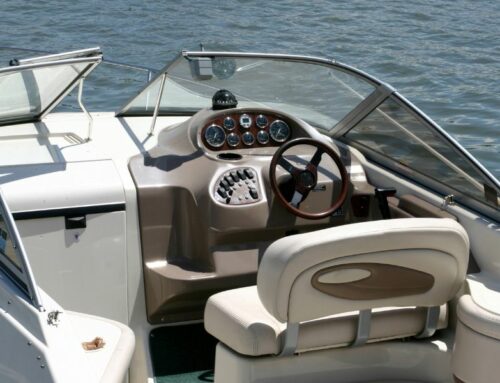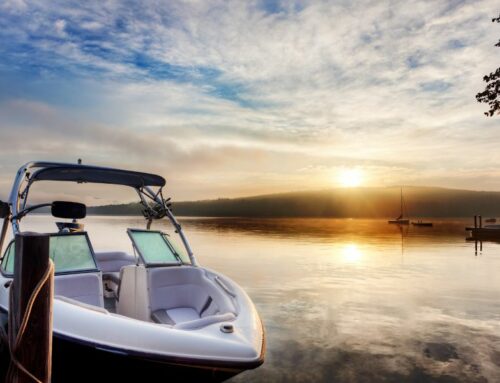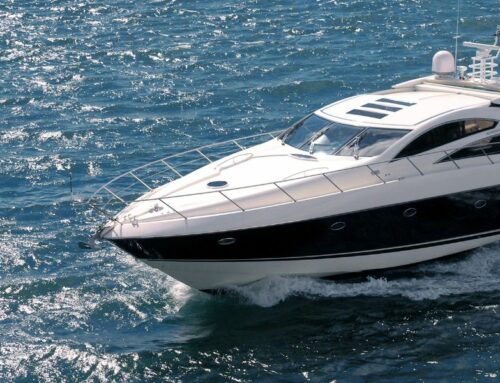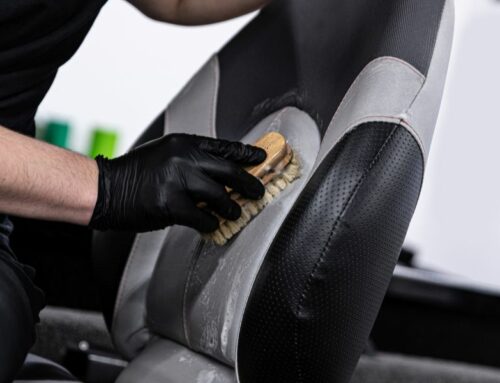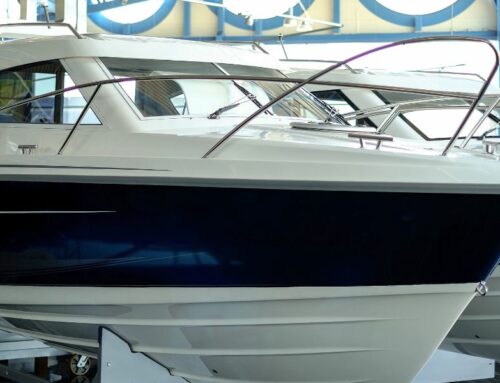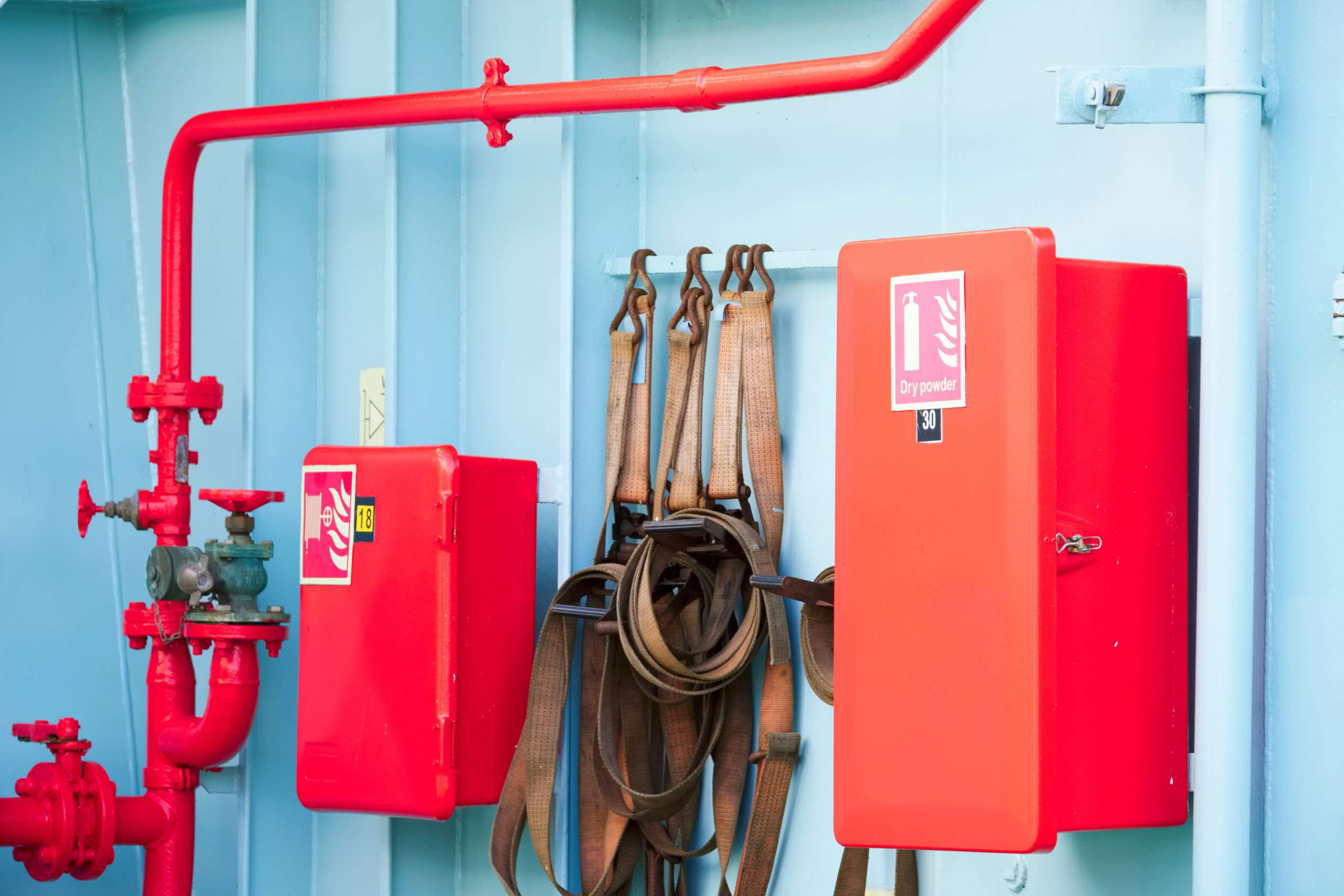
In the event of a fire, you want a working boat fire extinguisher close at hand and ready to go. If you haven’t checked yours in a while, now is a good time to do that—especially in light of new 2022 regulations. Make sure you’re prepared for an emergency while meeting vital safety requirements.
What Fire Extinguisher Do I Need For My Boat?
A marine-rated Class B boat fire extinguisher – 5-B, 10-B, or 20-B – is best suited for most boats. Let’s break down why that is.
What Does the Letter Mean: The class letter refers to the type of fire that the extinguisher is designed to put out. Class B fires originate from a flammable liquid (i.e., gasoline), the most likely type of fire to happen on a boat.
Note: you can also use an ABC model, which handles various fire types.
What Does the Preceding Number Mean: The number located before the class indication stipulates the square footage that the instrument is designed to handle. (i.e., a B-5 can put out 5 square feet of fire.) Use the size of your boat to determine the right model for you.
Now, new regulations passed in April 2022 may impact your current setup. Updated requirements are split into two categories, depending on what year your boat was made.
If the model year of your boat is 2017 or earlier:
Check the date on the bottom of your disposable extinguisher. If it’s over 12 years old, it’s now considered expired. You’ll need to get rid of this fire extinguisher and replace it with a new one.
If the model year of your boat is 2018 or newer:
You’ll need unexpired 5-B, 10-B, or 20-B extinguishers to replace those older B-1 and II models. You can keep older makes as backups, but note they do not count towards USCG requirements.
Need to get rid of an expired extinguisher? Don’t just toss it in the trash. Here’s how to properly dispose of it.
What is a Requirement for Fire Extinguishers on a Boat?
“U. S. Coast Guard approved, marine-type fire extinguishers are required on boats where a fire hazard could be expected from the engines or fuel system.” – National Weather Service and the National Safe Boating Council.
Figure out if your extinguisher is U.S. Coast Guard (USCG) approved by looking for an approval number on the label. Your extinguisher must be in working order and easily accessible.

Source: Ted Sensebrenner/BoatUS Foundation
Don’t forget about routine inspections:
Inspect your boat fire extinguisher every month as part of your routine maintenance. During that time:
- Look at its pressure gauge to make sure it’s properly charged.
- If there’s no pressure gauge, schedule a professional inspection.
- Inspect the exterior for any visible signs of damage or corrosion.
- Ensure the pin lock is in place and the discharge nozzle is clean and free from obstructions.
Where is the Best Place to Store a Fire Extinguisher on a Boat?
The last thing you want to do in an emergency is search or fumble around for your extinguisher. Position your boat fire extinguisher in an open area that’s visible and easily accessible. It should be mounted with the proper fixtures to ensure it stays put, avoiding damage, no matter how raucous the waves get.
Smooth Moves Seats Wants You to Stay Safe Out There
Hopefully, you will spend years on the water without any unforeseen issues. But in an emergency, we hope these tips keep you safe. In the meantime, stay tuned to our Smooth Moves blog for safety tips, fishing recommendations, and more.




